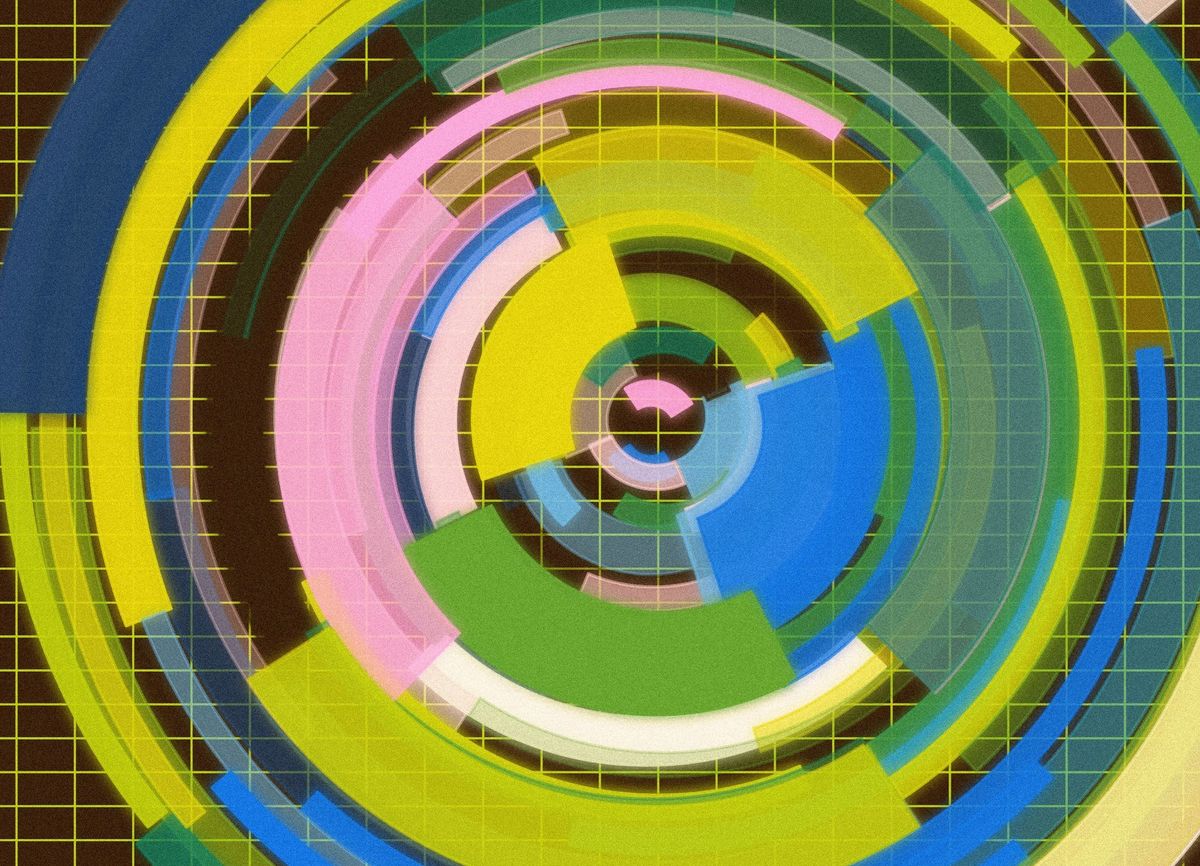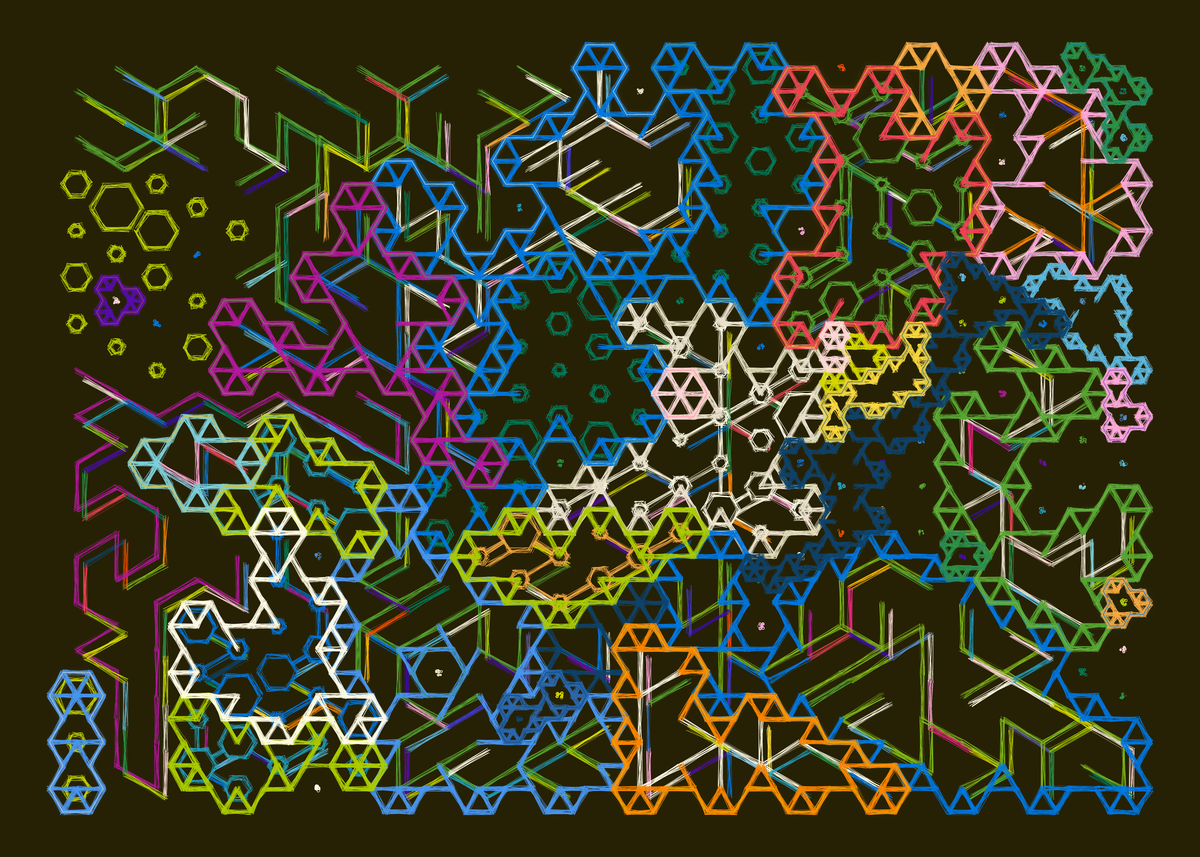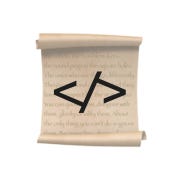Welcome back everyone 👋 and big thanks to all new subscribers - thanks for joining along for the ride!
This is the weekly Gorilla Newsletter - we have a look at everything noteworthy from the past week in generative art, creative coding, tech and AI. As well as a sprinkle of my own endeavors.
Enjoy - Gorilla Sun 🌸
Vera Molnár 1924-2023
Vera Molnár passed away last Thursday on the 7th of December.
She was one of the pioneers that paved the way for the generative artists of today. I'd argue that generative art would likely not be half as popular as it is today if it wasn't for Vera - against all odds and the scrutiny of her peers, Vera Molnar pursued the ideas that she found interesting and dared to use the machine for the purpose of making art. Deservedly, she became known as the Grand Dame of Generative Art.
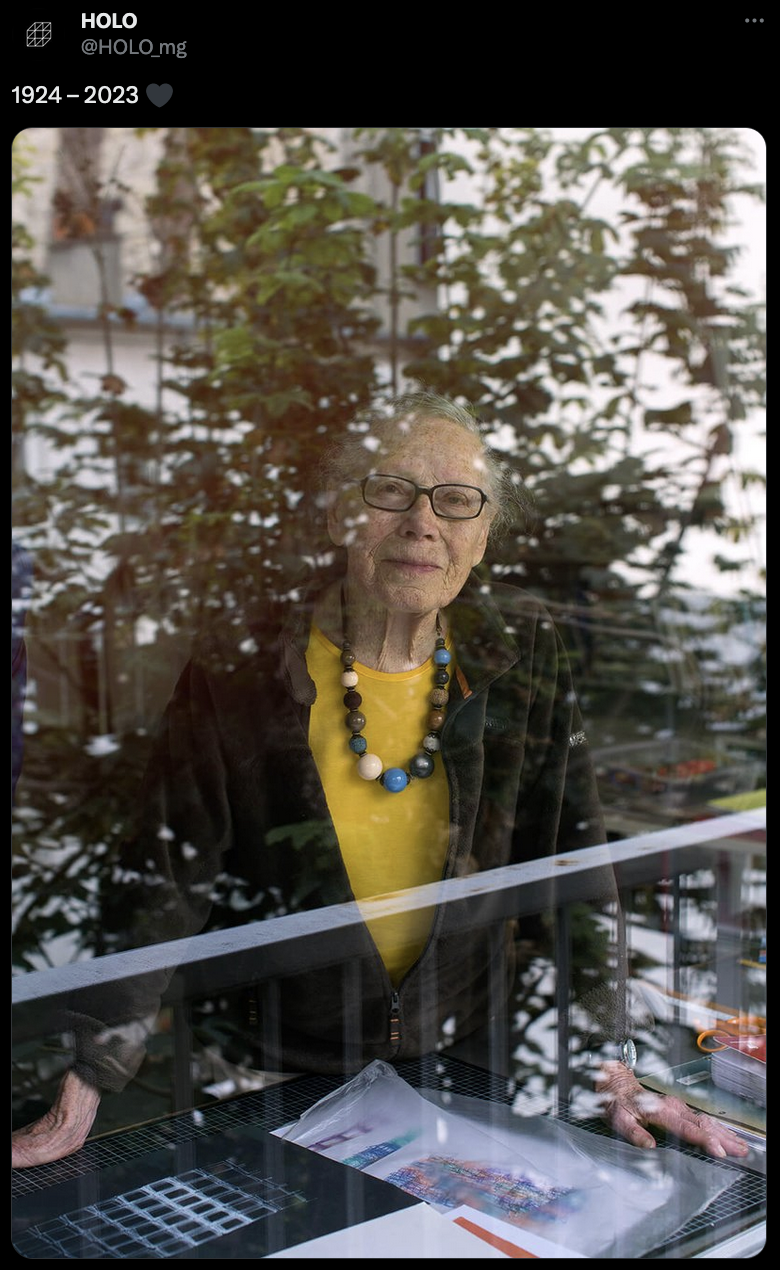
Her intuitive approach to making generative art is still a great inspiration to many artists today - her ideas have most definitely had a profound impact on my personal practice. "I have no Regrets. My life is squares, triangles, lines." was one of her famous lines, and in that manner I think she lived life in a way that many can only aspire to.
Molnár pursued her life-long passion until the very end, and I truly believe that we'll still be talking about her impactful work for decades and centuries to come. Centre Pompidou is due to host an exhibition of Molnár’s work in 2024.
Embracing the Medium
The discourse around skeuomorphism in generative art has been a recurring conversation in the space, and again, things heated up to some degree over the past week. This time, the conversation escalated following this tweet from the generative OG Joshua Davis:
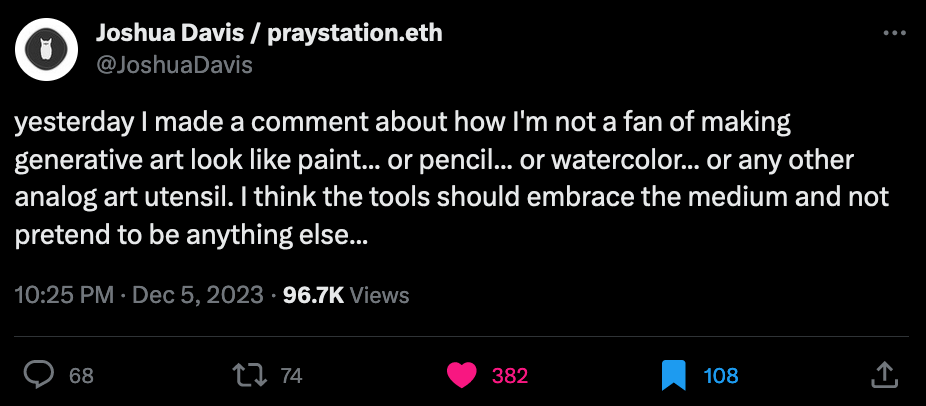
It's been my observation that more and more generative artists have leaned into skeuomorphism over the past couple of years. With the trend being set by the likes of Zancan and Nat Sarkissian, who saw much success from their skeuomorphic works putting a generative spin on the depiction of natural scenes and landscapes. With their brilliant execution these works quickly became smash hits among collectors, inspiring many other artists to follow suit and try their hand at skeuomorphic generative art.
Landscapes and natural imagery have been the subject of paintings for centuries now, they're something that we can immediately identify as being beautiful - nature is objectively beautiful. The same is true for certain painterly textures and painting techniques that are also automatically equated to being artful. Replicating these subjects with code can be an easy way to elicit a wow reaction from the audience - to whom code art is at best some sort of sorcery.
I believe that a general dismay has built up towards skeuomorphism in the generative art space, not only because it's become somewhat overdone, but also due to their deceptive visual complexity. Especially when those works become critically acclaimed by non-programmers, considering that the underlying systems are in reality not necessarily that much more complex than for any other kind of work, that might not be as digestible. The deceptive complexity of these works thus becomes an issue. A solution to this is simply by educating, and I think the space is maturing in that regard, with a growing appetite for different aesthetics.
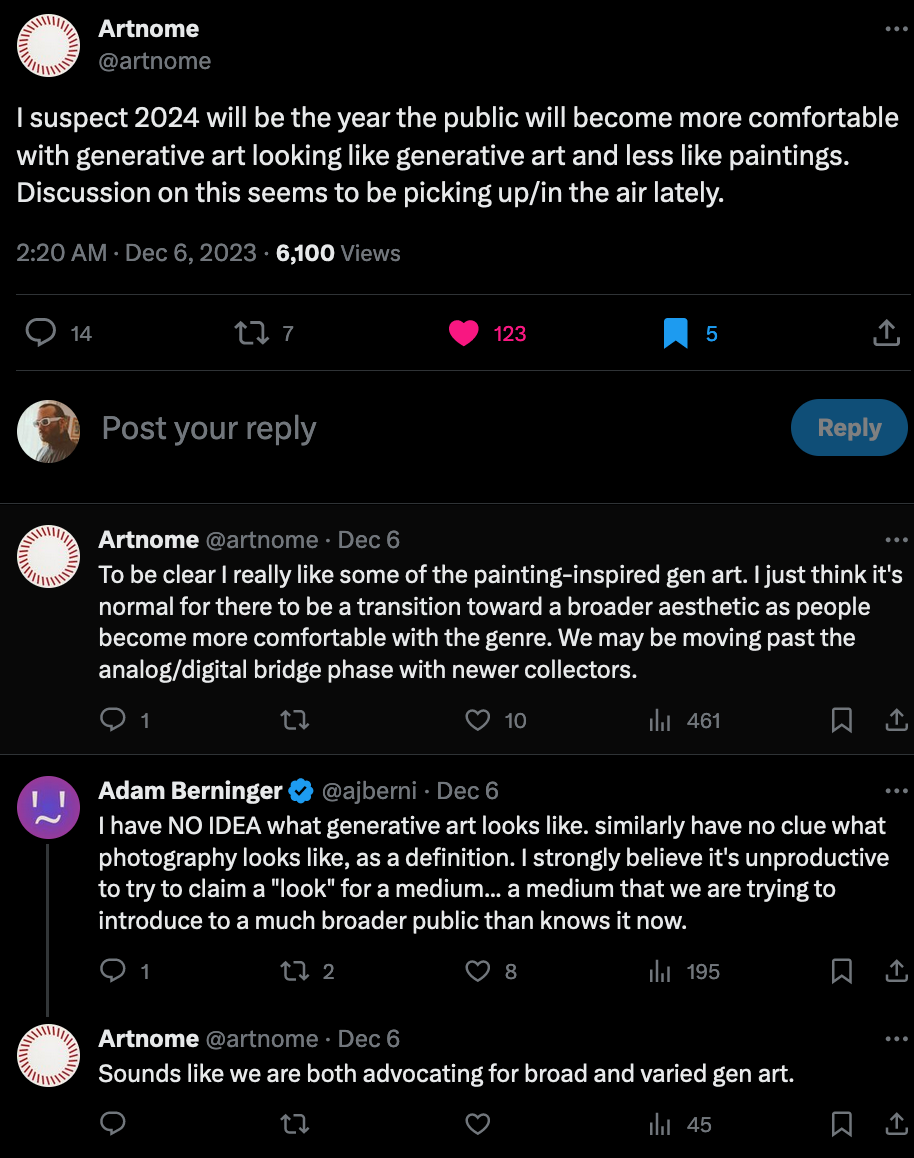
Another problem at this point, is that the art becomes disingenuous when stylistic decisions are made for commercial success rather than artistic expression. But in that regard I think that the space is self regulating, it's just not sustainable to make art in that manner.
The main argument against skeuomorphism in generative art that we've seen drive the conversation over the past week, is that it goes against the medium. For instance, when you try to simulate a brushstroke on a digital canvas you're essentially creating an illusion - zooming in, it is impossible escape the fact that the canvas is still made out of finite pixels. Why not embrace the pixel for what it is - as a unit of color on a display and work around that instead of against it?
At the same time, a lot of the aspects that make "painting" great in real life are lost, like the texture of the paper, the chemical qualities of the paint and how it interacts with the paper and blends different colors, the physical properties of the brush that is used to apply the paint, etc. Although we are getting very close in that regard, some of these things can't so easily be captured with an algorithm.
Now that I'm writing these words, it seems that simulating "paint" with an emotionless machine almost seems like an insult to the real practice. Why are we trying to pretend that we're painting? Who are we trying to impress? Is simulating a brush stroke with a computer more impressive than when done by hand? An essential read in this regard from the past week is the recent article by Le Random, in which Monk interviews the AGH trio that fully 'Embrace the Medium' and try to glorify the machine for what it is:

I found the text and the presented perspectives deeply insightful. I especially found it interesting how this artist constellation liberates them from the traditional curatorial model and makes them in that manner more autonomous.
And there's something almost dystopian about their purist approach to computer art. But if you think a bit more about it however, the position becomes a bit paradoxical - were digital displays ever meant to display art? Aren't we already defying the original purpose of the computer as a number crunching machine and using it as a tool for artistic expression? Isn't 'art' all about using materials in ways that defy their intended purpose?
Arguing about this feels a little bit like going back in time and asking the Suprematists why they suddenly rejected all of the previous techniques that came before, and started drawing geometric shapes and used simple colors. Why try to draw straight lines, when you can never actually achieve a perfectly straight line with a brush stroke?
I understand the different perspectives, but I think that we can collectively agree that there's no single 'correct' approach to making art. Each individual will be drawn to the specific aesthetics that evoke something within them - who are we to condemn specific modalities of artistic expression. And when you tell me that a lot of people aren't fans of making generative art look painterly, it just makes me want to fight the medium even more, and particularly do those things that I'm apparently not supposed to do.
Beyond that, I simply can't see myself committing to a single aesthetic at any point in the future - I have a very broad appetite in that regard, and the beauty of generative art to me is that it allows me to conjure vastly different looking things onto the digital canvas. I'd feel shackled if I'd have to commit to a single aesthetic for the rest of time.
Maybe I just don't get it yet. Maybe I'll evolve into completely rejecting curves and paint simulations at some point - all things considered, I'm very much a genart baby compared to some of the others that have stated their thoughts on the topic. I find beauty in both ends of the spectrum, and I find myself drawn to artworks that blend between the two, where computational geometry meets skeuomorphic colors and textures. I find skeuomorphism in generative art fascinating because it is something that I can not do in real life on a canvas, nor do I have the desire to learn how to do it IRL. I find great joy in approaching it as a computational problem.
It's exciting to see that there's different schools of thought emerging, and that there's an ongoing healthy discourse that's pushing artists to evolve and questions their own practice and the medium. As an artist, it's incredibly important to take pause and reflect on these things, asking yourself what it actually is that you want to achieve with your art, how you want to express it, and how it fits into the bigger contemporary picture.
Tezpole: from Meme to Internet Sensation
In the unlikely event that you haven't seen it yet - this pic from the Tezos showcase of some artworks at the Miami Art Week made the rounds over on TwitterX, leading to a couple of interesting developments:
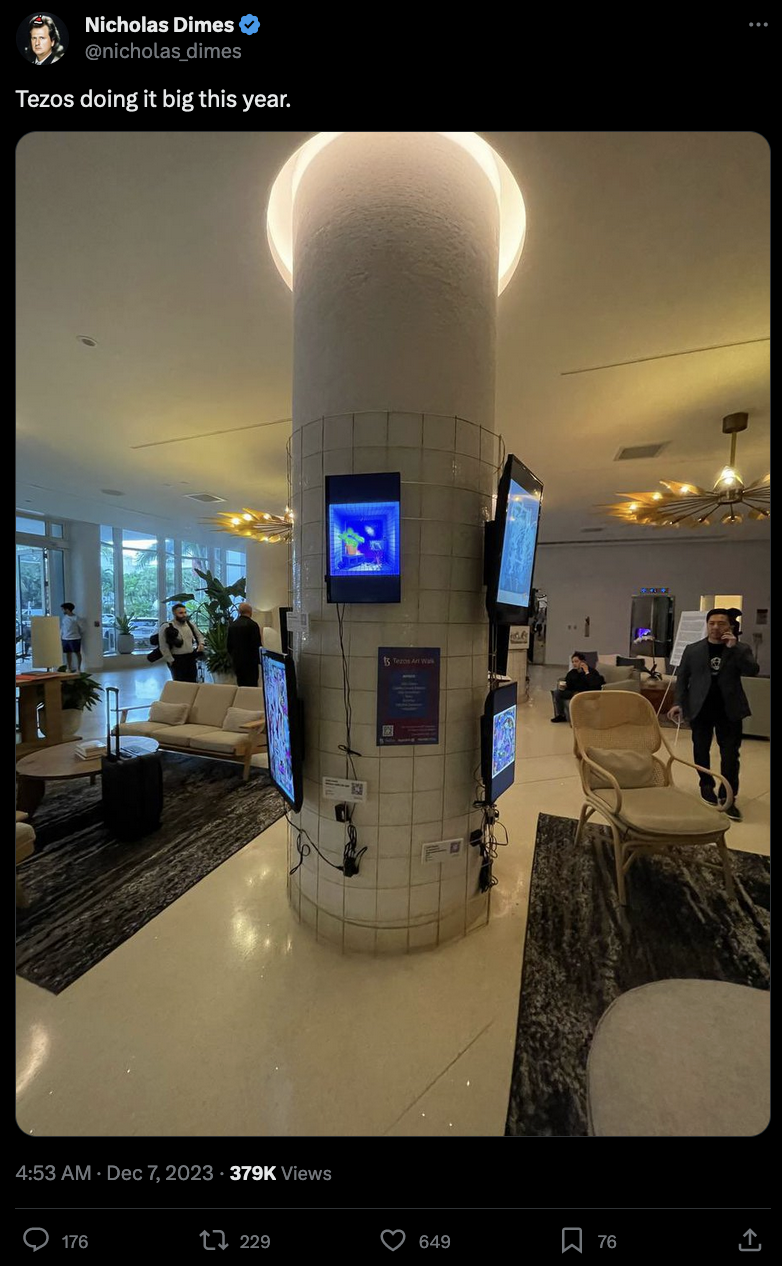
At first glance, I'd give the image the benefit of the doubt; maybe it's just an unfortunate angle in bad lighting, but which ever way you spin it, it just looks... sad, for a lack of a better descriptor. Maybe the intent was to go for an 'indie' or 'punk' vibe with this kind of DIY set-up, but I couldn't think of a worse place than a hotel lobby for it. The community quickly flocked together in mockery around the halfhearted showcase, baptizing it as the "Tezpole".
Many pointed out the irony of it all, the tezpole being representative of how much the Tezos foundation cares about the art community that rose to existence in the 2021 HEN days. In the chaos that ensued on TwitterX the picture quickly turned into an internet sensation, with many artists making Tezpole inspired artworks, launching into an improptu Tezpole event. Strano made a lovely thread about some of the creations:
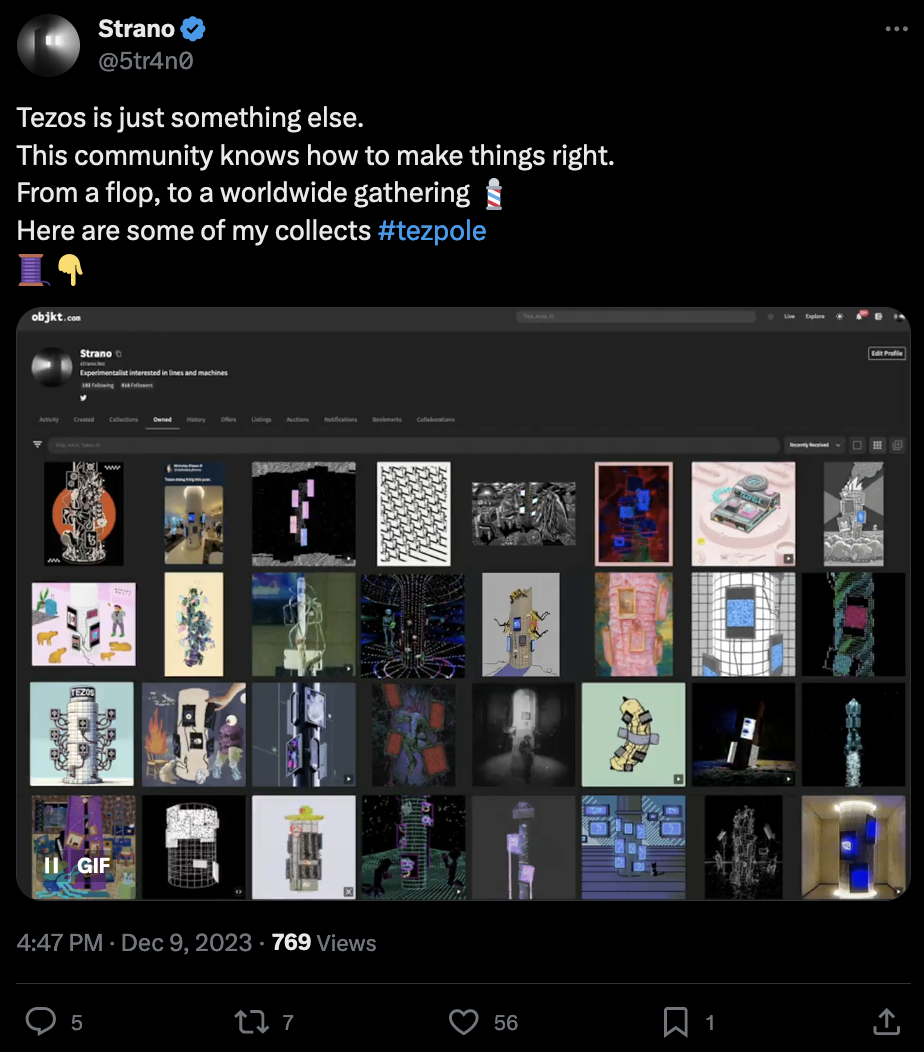
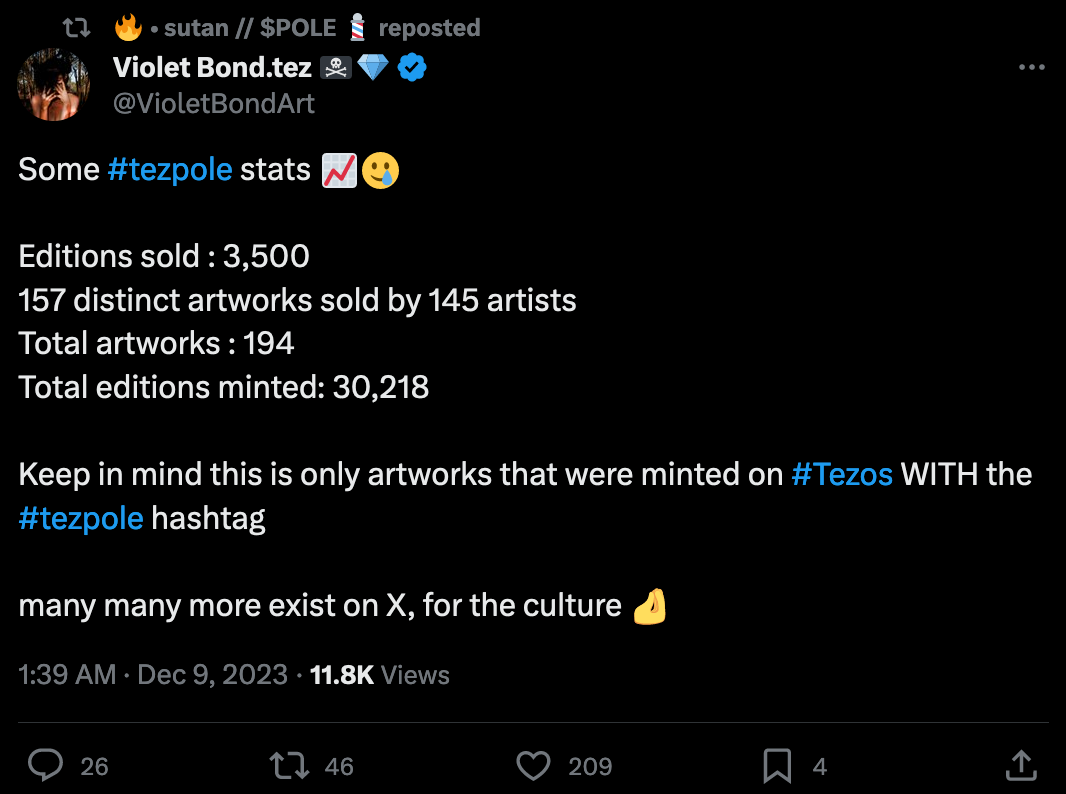
You'd think that's the end of the meme. What else could there be? Why of course, Tezpole now also has it's own Tezos token:
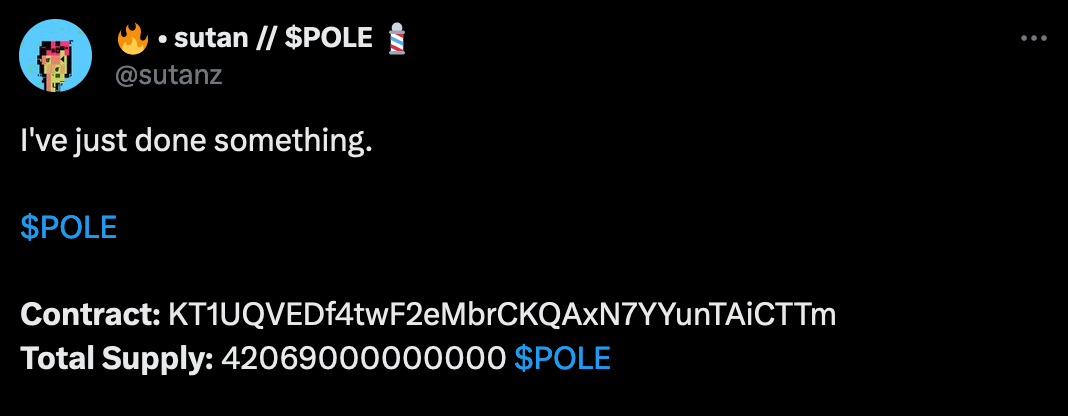
It seems that this also had an effect on the value of Tezos overall, breaking the 1$ mark for the first time in a while:
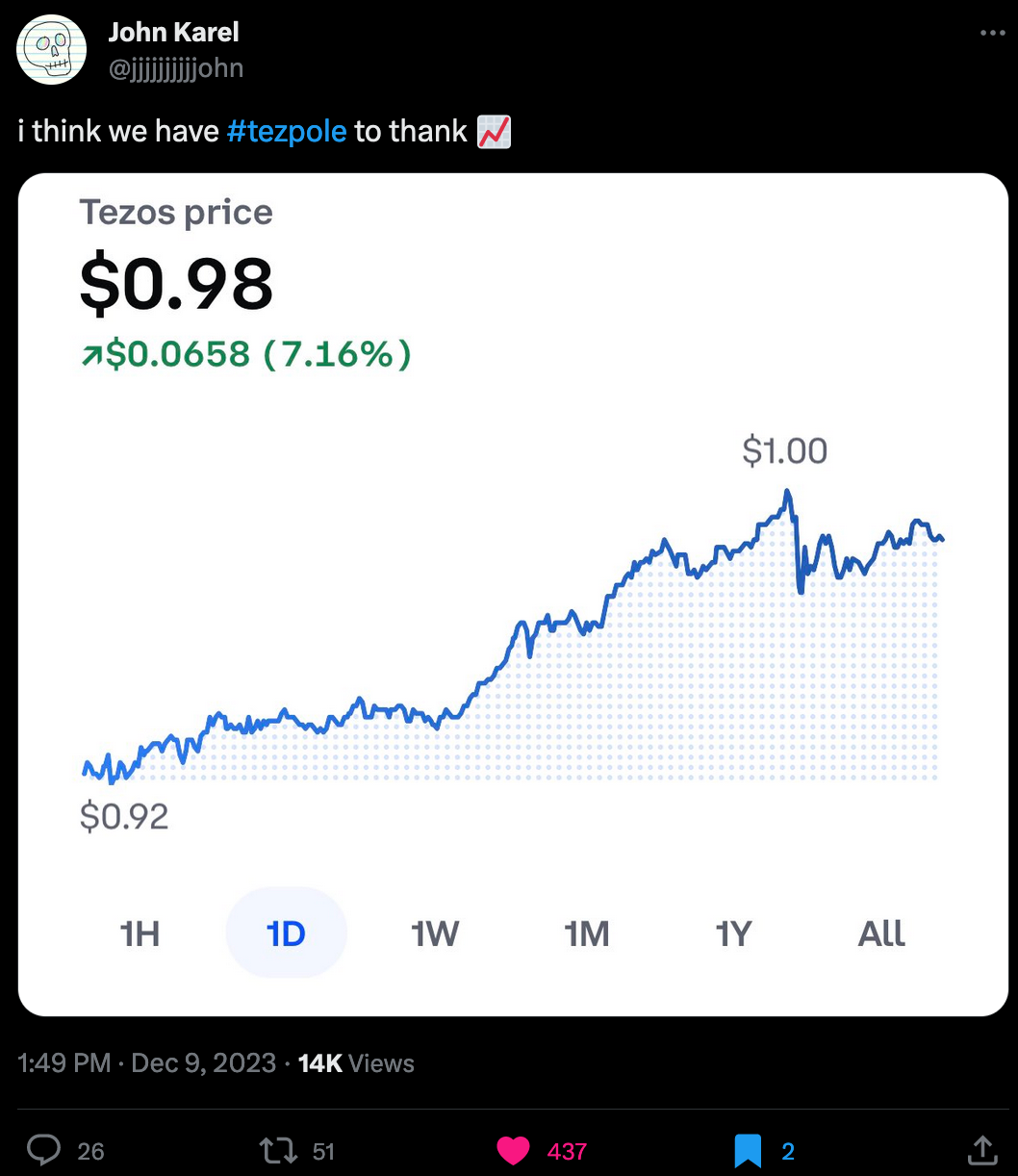
What's the take-away from all of this? I have no clue. Curation is hard... maybe? I really loved one of Sutan's tweets, in situations like this it's important to not start pointing fingers and blame anyone in particular. Events like this are often entirely at the whims of organizational factors:
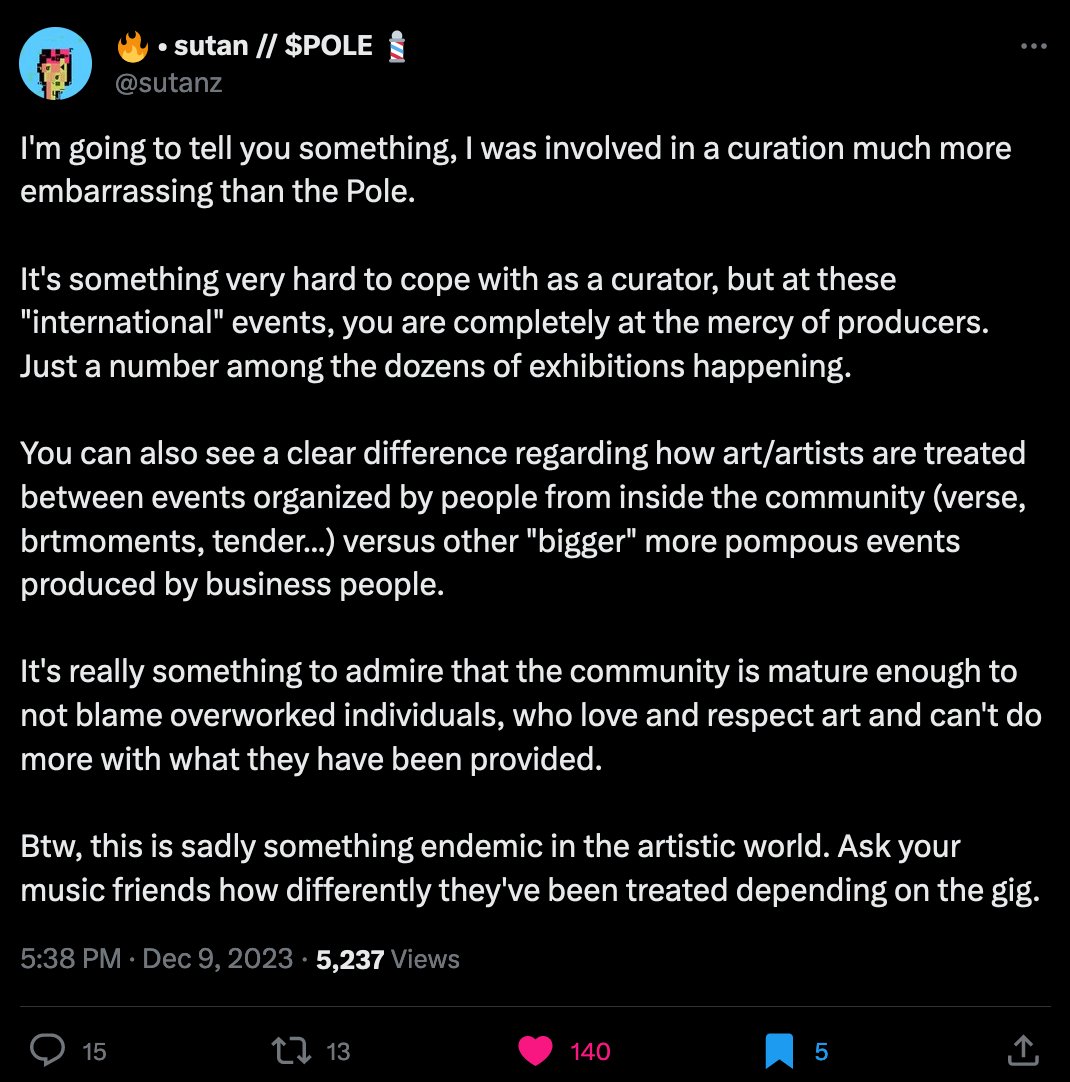
All the Generative Things
There's been a couple more things happening in the generative art space that are worth pointing out.
Genuary 2024 Website is Live
As we're getting closer to wrapping up this year, Genuary is already knocking on the doors for a month-long bonanza of generative shenanigans - Piter Pasma announced last week that the official website is already up:
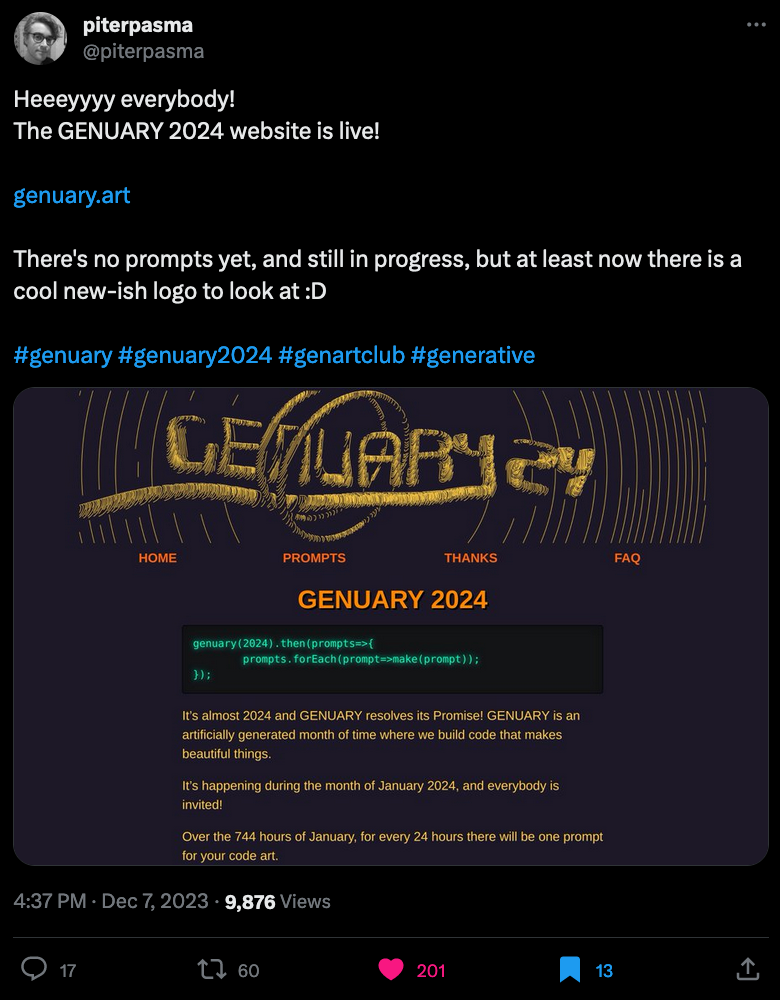
If you took a straight B-line to the prompts of this year, you don't actually have to use ChatGPT to generate your prompts - Piter further elaborates in a reply to his Tweet that a proper announcement with the actual list of prompts will follow! While I'm super excited I'm also kind of nervous because I haven't done 'daily coding' in quite a while and likely very rusty.
fxhash mainnet launch
Just a reminder that as this newsletter is coming out, the fxhash mainnet is also launching where artists can start minting their projects in prepartion for the launch:
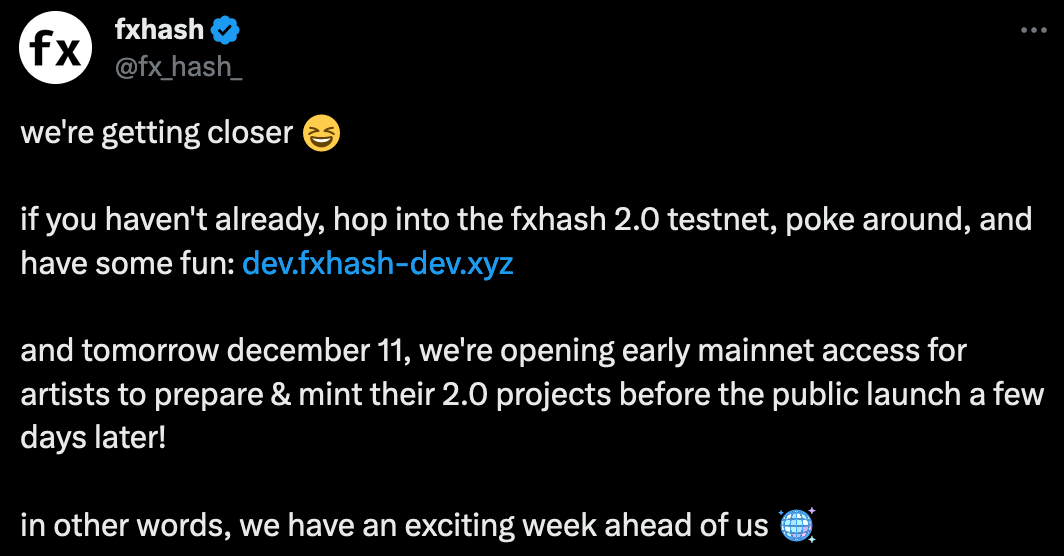
Compressing Hex Colors
With fxhash 2.0 coming up, and with many artists opting to mint their projects onchain with fxhas's new On-Chain File System (ONCHFS), code compression is becoming a much more important topic where gas fees for onchain-ing a project essentially depend on the size of the code files.
Every little code-golfing tip and trick becomes valuable in this setting, for instance the compression of hex color codes that are often used for the purpose of coloring things drawn to the canvas - Luka Piskorec points out a resource from the prolific Matt Des Lauriers in which he tackles exactly this topic:
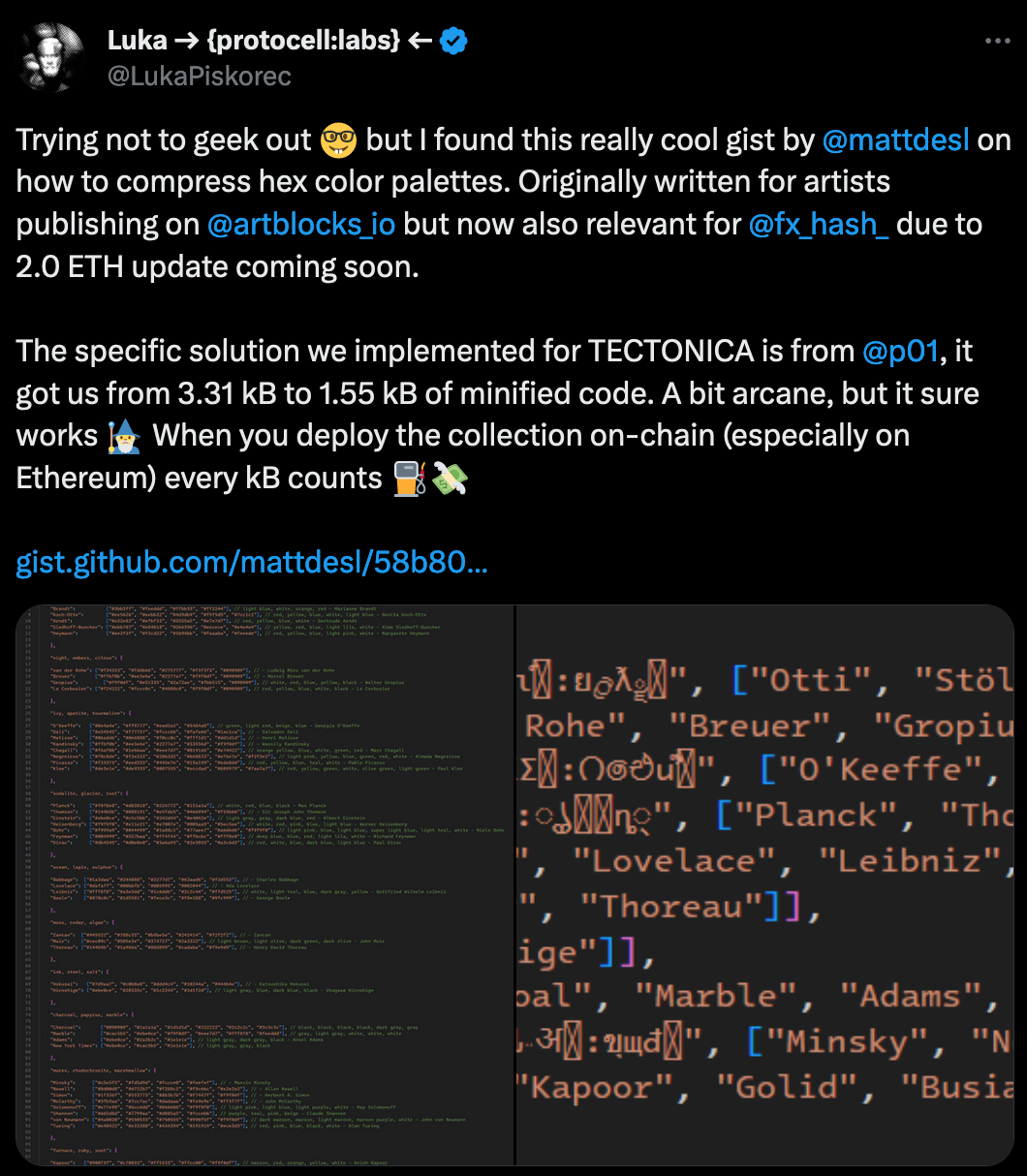
The proposed trick essentially converts arrays of hex colors into base64 encoded strings. This Github gist shows how it's done, with additional comments by others:

Cytographia by Golan Levin
Golan Levin is gearing up for his debut on the Ethereum blockchain with an Art Blocks Curated release in 2024 - here's a teaser for what he's been working on:
Cytographia is a generative artwork that aims to mimic illustrations of imaginary organisms - the physics and animations of the generated artworks is reminiscent of SPACEFILLER's work, but contrasts it with a distinctly realistic aesthetic. I heavily recommend checking out Golan's Tweet that I linked here, as it's part of a longer, educative thread of WIPs, dating back several weeks and detailing many parts of the process.
Weekly Web Finds
An Open Source Game Engine by Isadora Sophia
Murder Engine is a pixel art ECS (short for Entity Component System) game engine created by Isadora Sophia - and it's entirely open source:
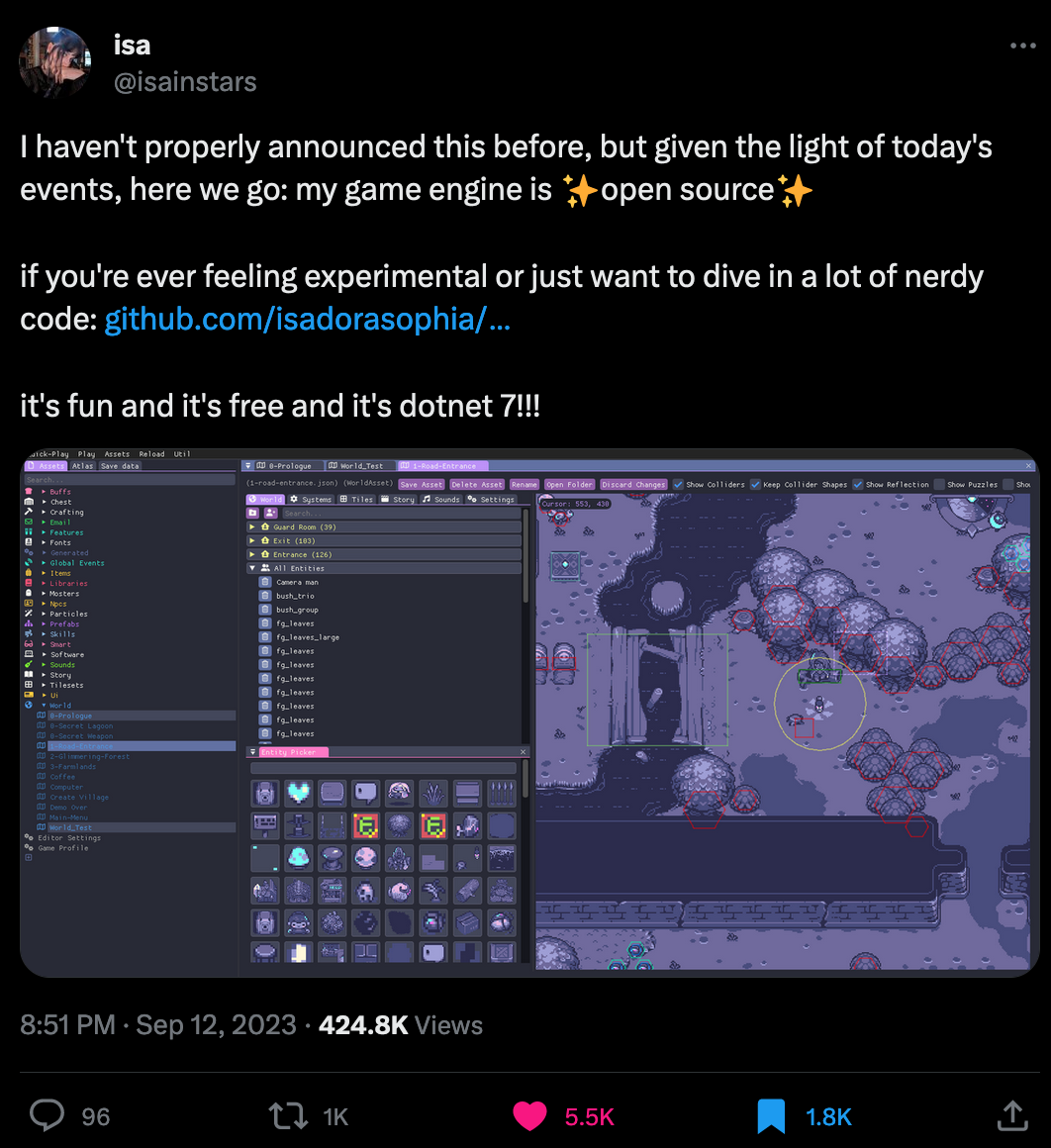
It's built on top of MonoGame, a framework for creating cross-platform games. If you're planning to build your next pixel art video game, you might want to check it out. Here's a link to the Github repo:
Saint11's Pixel Art Tutorials
Another person that's contributed to the Murder game engine's development is Saint11, who you might know from his pixel artwork on games like Celeste and Towerfall.
While I've seen some of his pixel art tutorials floating around on the internet in the past, I wasn't aware that he'd posted all of them on his personal website as well! If you've ever wanted to get into pixel art or get better at it, then Saint11's website is an absolute treasure trove for this purpose:
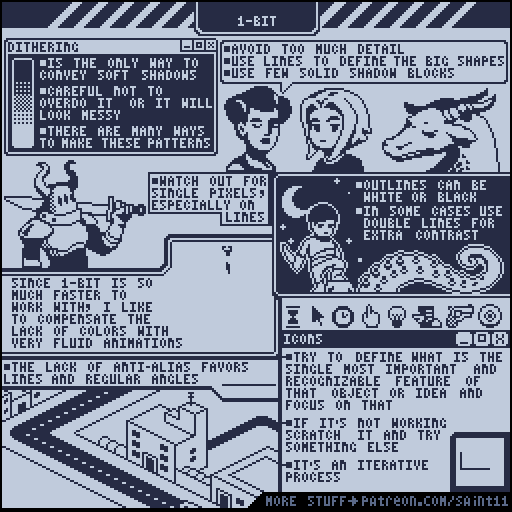
Critique: Google's Internal Code Review Tool
If you're an avid reader of the blog then you'll probably know by now that I'm a big nerd about clean code - clean code as a meta discussion at least. Was excited to come across an article that takes a closer look at google's internal code review tool 'Critique':
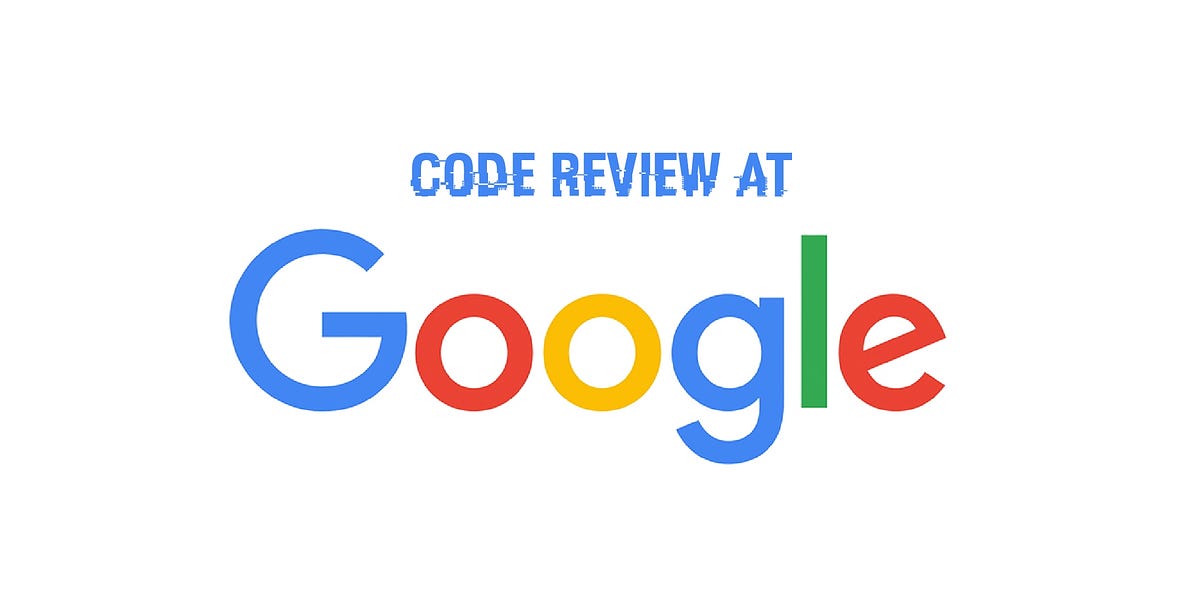
Apparently it's the case that most devs who end up using it completely fall in love with the tool, with a 97% satisfaction rate, likely due to it simplifying so many parts of the review process. The article also links to an interesting study that further elaborates:
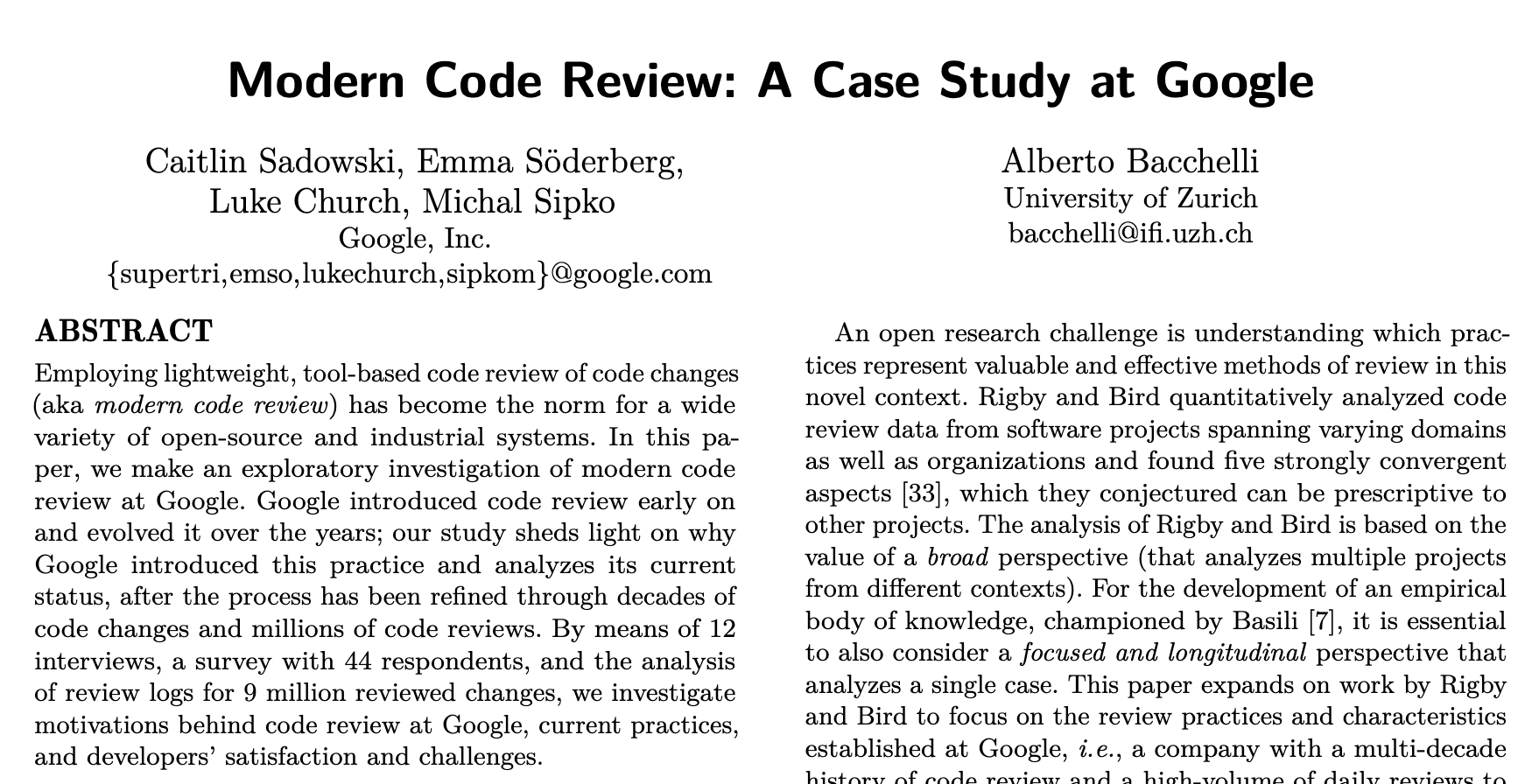
Raphaël Améaume's Personal Website
I'm huge proponent of every creative having their own website on which they share and archive their work. Putting your thoughts into writing for others to learn from can be one of the best ways to give back to the community.
Raphaël Améaume recently put together his own page and it's a stellar example of this - combining creative interactivity with a sleek design inspired by his sketchbook notes:

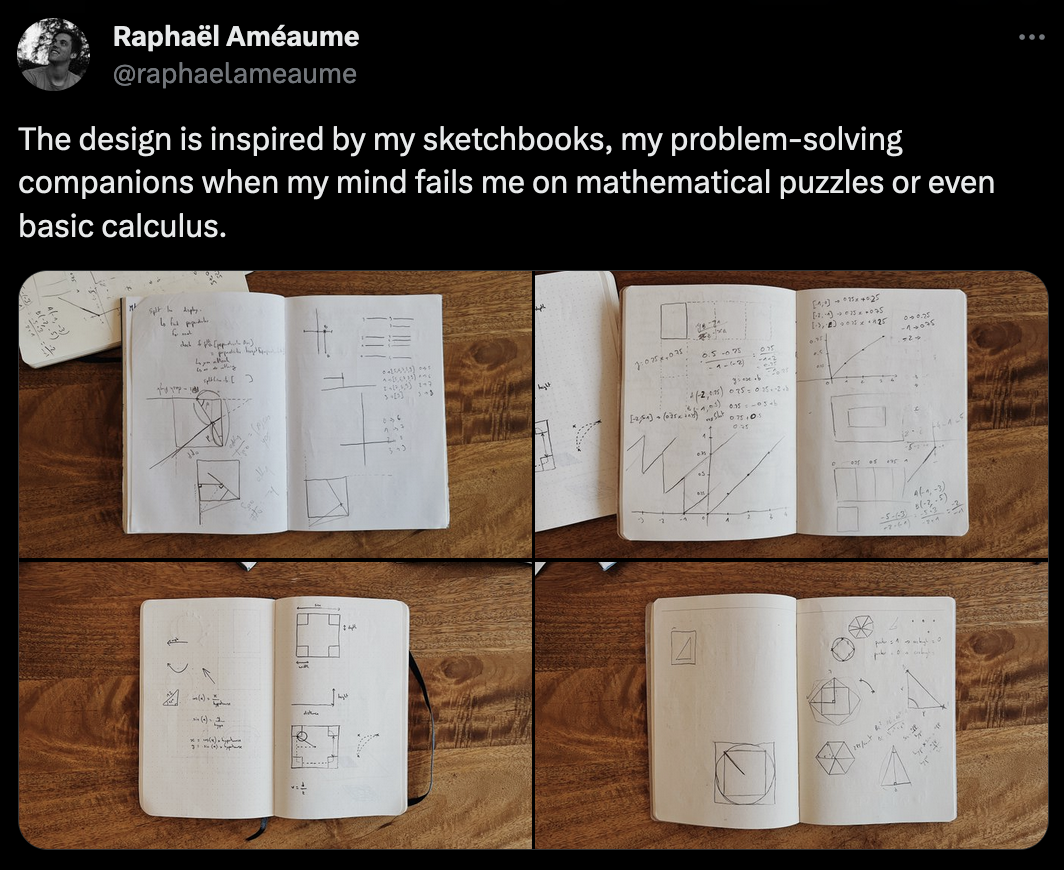
HTML: The Programming Language... ?
Yes you read that headline right. HTML-lang is a programming language entirely built on top of HTML markup language:
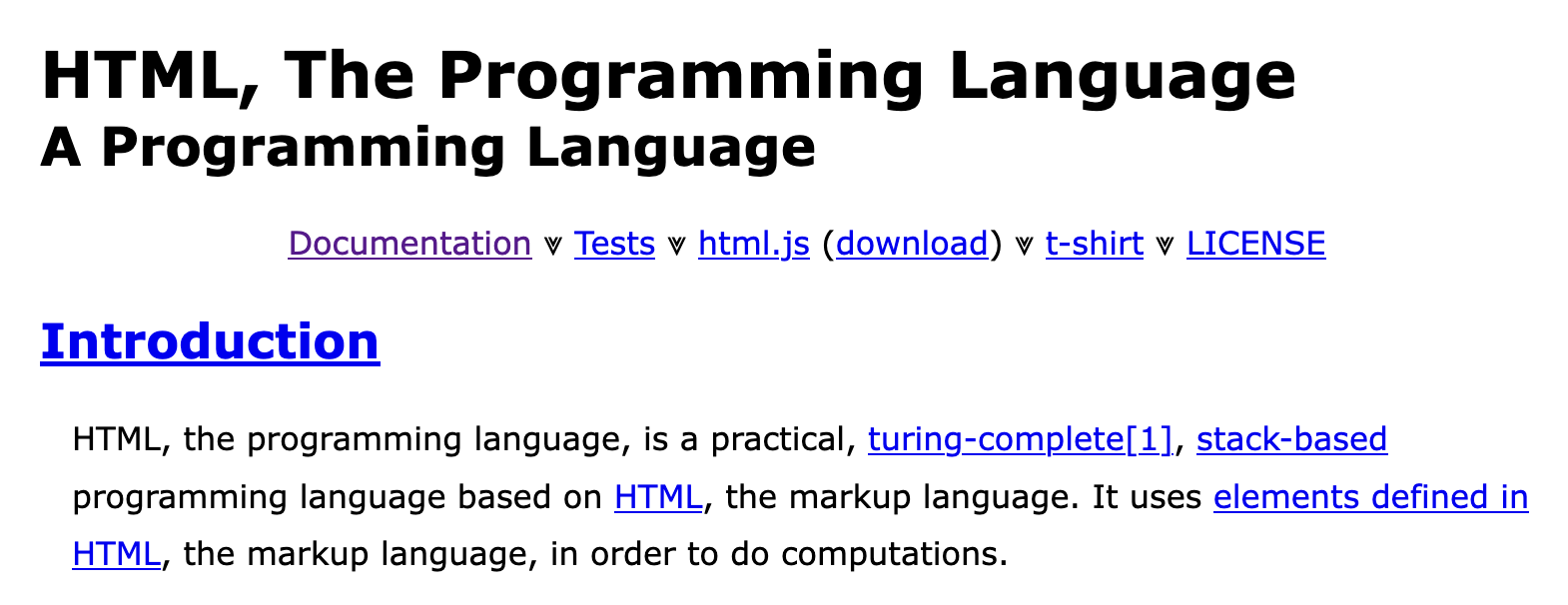
Sharing this one for prosperity.
AI Corner
Google's Embellished Trailer for Gemini
It seems that we can't catch a break from drama in the AI space. A couple of days ago Google announced their newest AI model called Gemini with a trailer that just seemed a bit too good to be true - have a look for yourself:
Although the shown outputs are all verbatim outputs from the Gemini model without edits, it turns out that the showcased interactions between user and AI are heavily embellished. Certain intermediary steps have been omitted, for brevity, to obtain the actual outputs that we see in the video.
It's already been heavily covered by media in the past week - but I found that this article by TechCrunch does a good job at debunking the actual inputs that need to be fed to the model to obtain the outputs presented in the video:
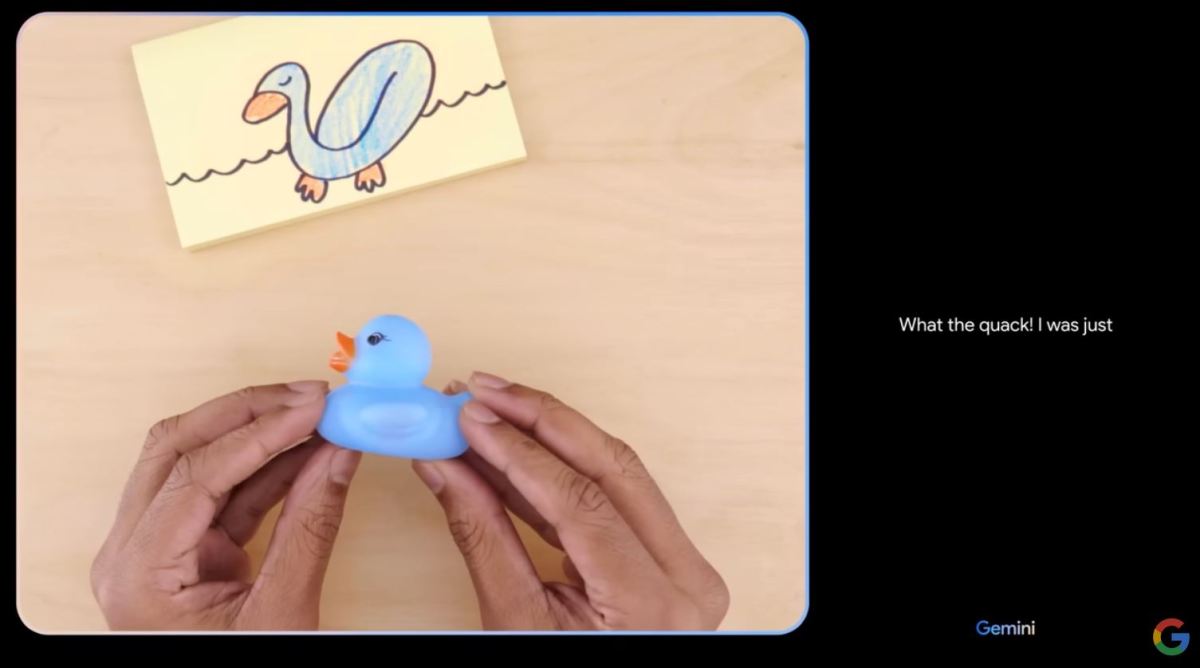
Calling it a 'fake' trailer might be a bit harsh, but the model definitely isn't as witty and quickfire as presented in the video. Oriol Vinyals, Google DeepMind’s VP of Research, responds to this on Twitter with the following statement:
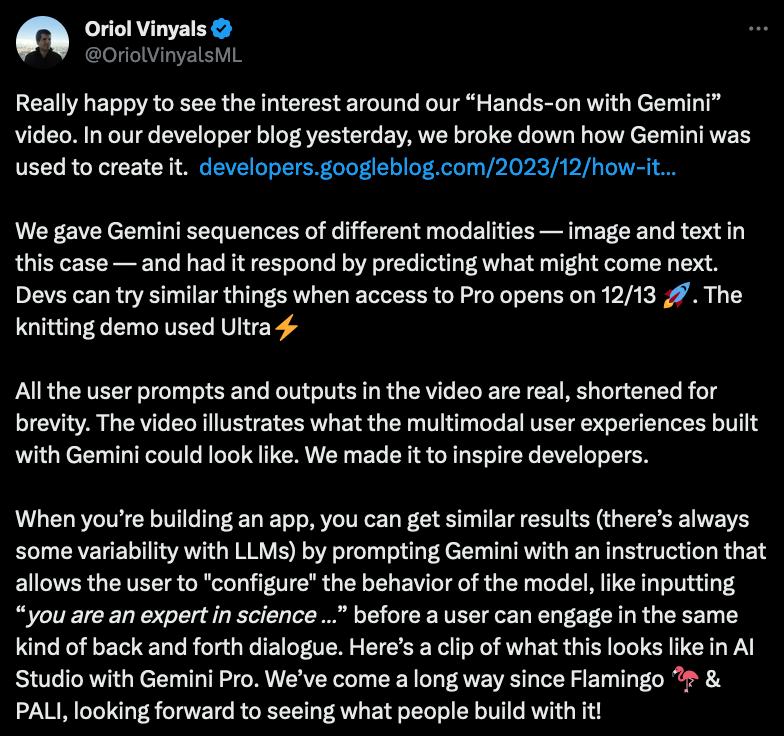
Where does AI End and We Begin?
You might already know Sougwen Choung from previous Newsletter issues as the artist that draws in collaboration with her robots - she was invited to write a personal reflection in form of a guest article for the New York Times:
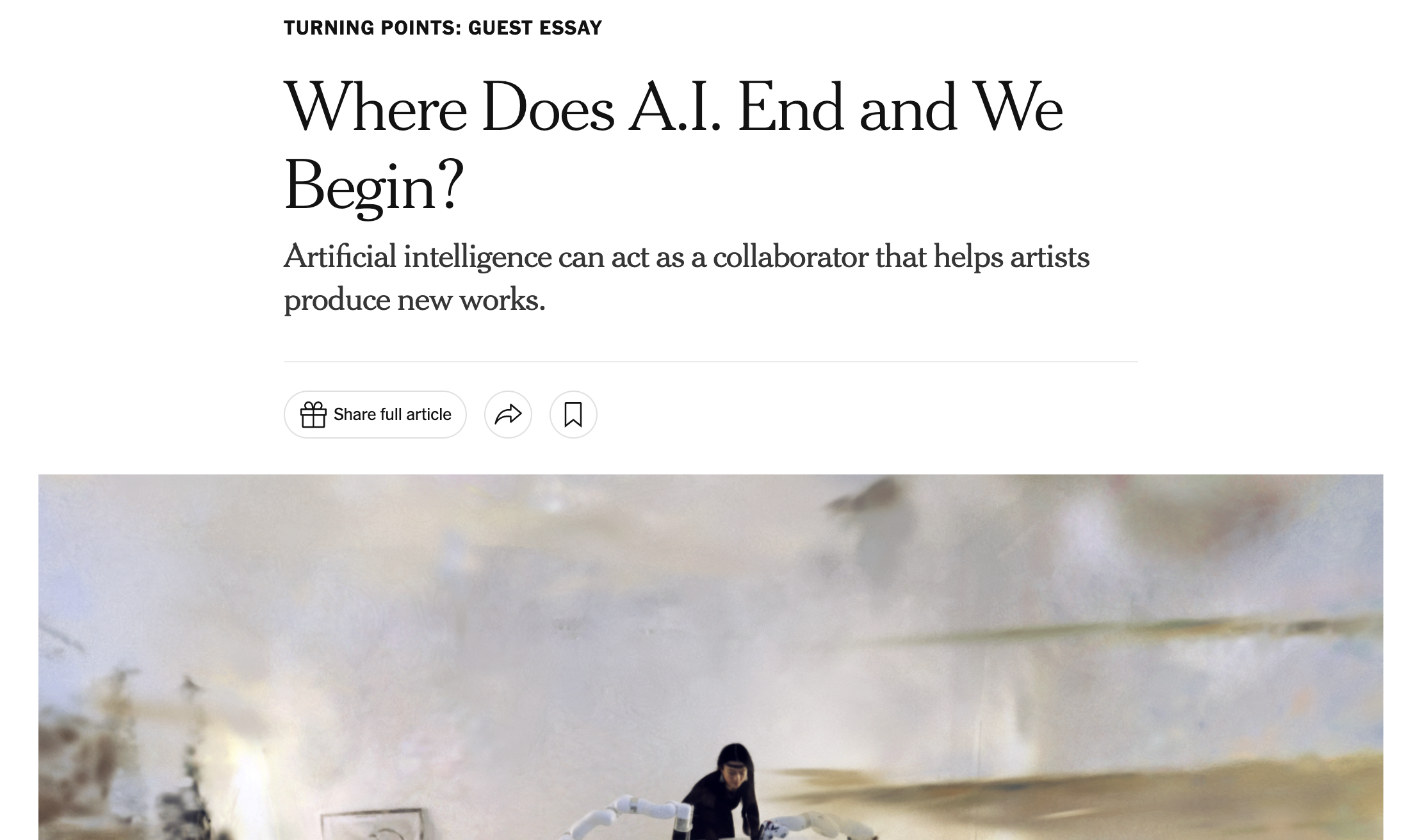
Gorilla Updates
A couple of weeks ago I had the pleasure of talking to Nerios who's building his own marketplace for generative art prints - it's an ambitions project in these Web3 times, but he's definitely on the right track with his technical know-how:
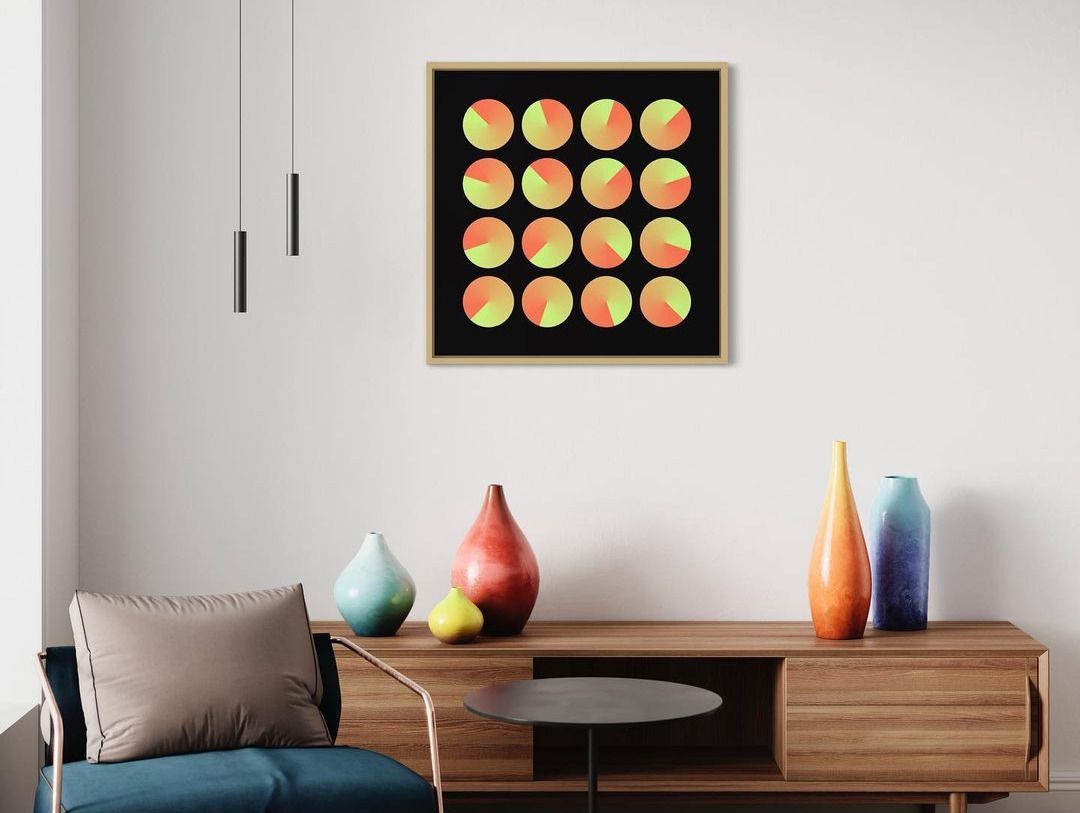
Otherwise it's been another very busy week, mainly spent on admin things and writing. I've worked just a little on fleshing out my piece for the Kumaleon fxhash 2.0 Curation, but I've got to turn on the jets a bit now - mainly need to focus on colors now:
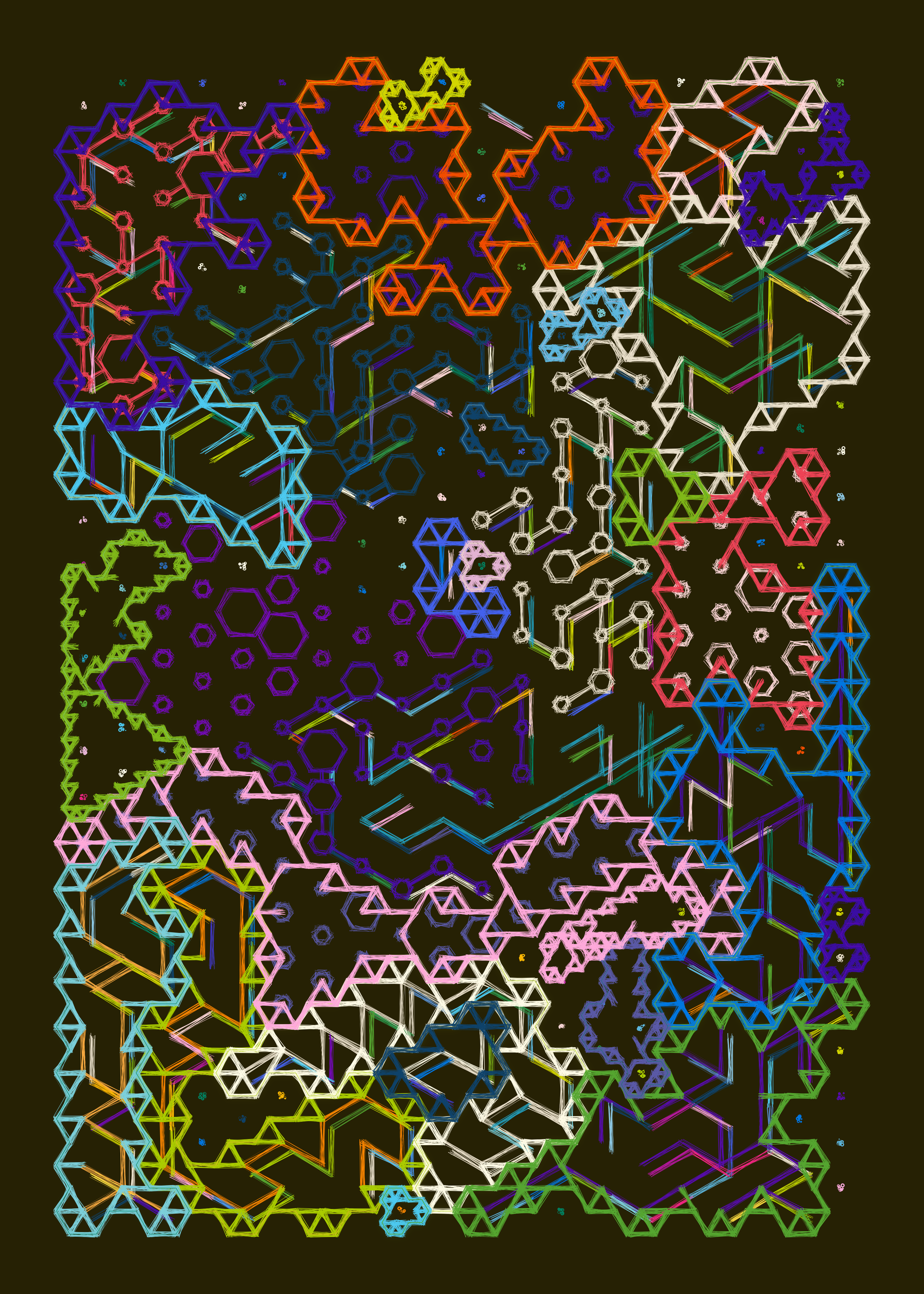
I'll have a juicy write-up for this project around launch-time as well! So keep your eyes peeled for that.
Music for Coding
If you're a fan of Bonobo (I am), you need to check out Josh Furey. I think he's severely underrated - creating mellow and meditative soundscapes with similar tonal qualities to Bonobo's stuff, his music makes you feel like you're roaming some distant lands:

And that's it from me this week again, while I'm typing in these last words to some of these tunes, I bid my farewells — hopefully this caught you up a little with the events in the world of generative art, tech and AI throughout the past week.
If you enjoyed it, consider sharing it with your friends, followers and family - more eyeballs/interactions/engagement helps tremendously - it lets the algorithm know that this is good content. If you've read this far, thanks a million!
Cheers, happy sketching, and hope you have a great start into the new week! See you in the next one - Gorilla Sun 🌸
If you're still hungry for more Generative art things, you can check out the most recent issue of the Newsletter here:
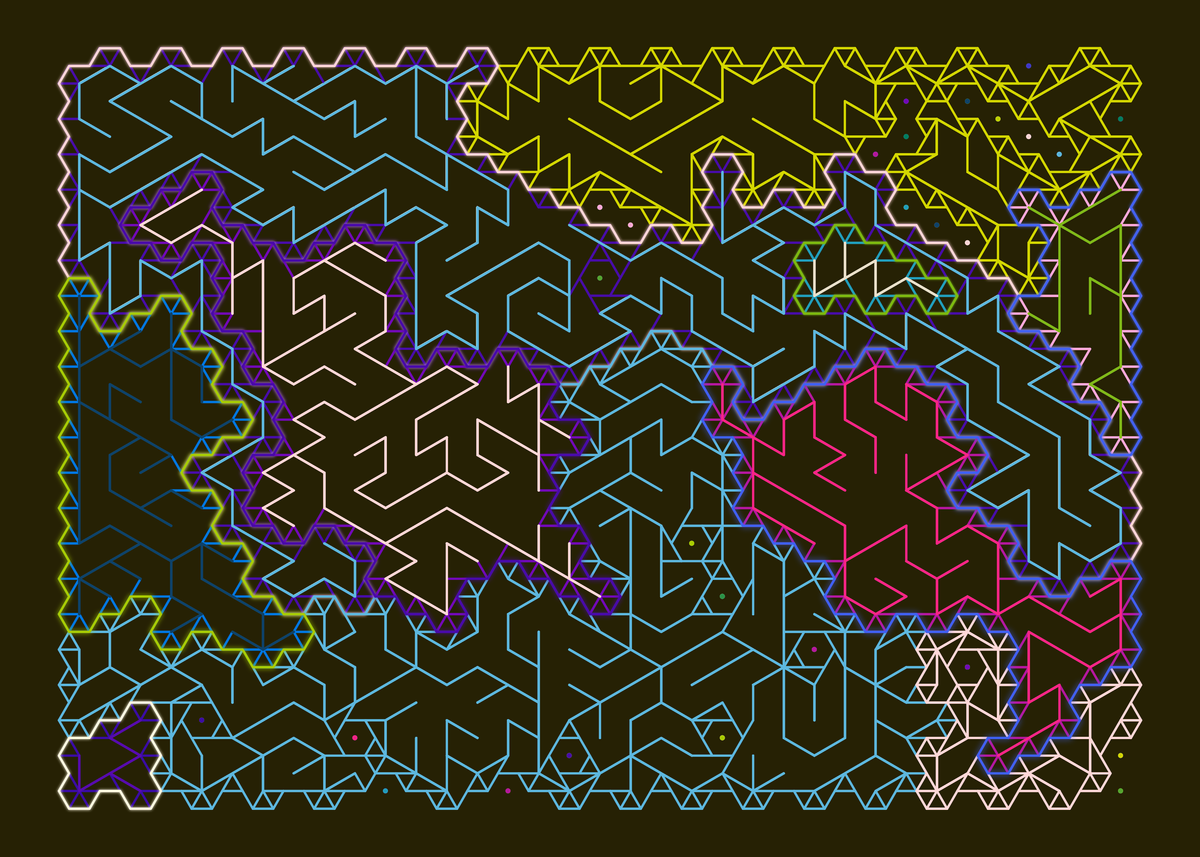
An archive of all past issues can be found here:
